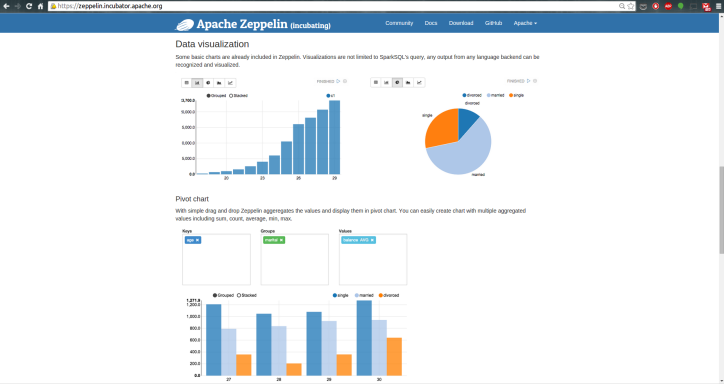Introduction
The objective of this blog post is demonstrate how to use Apache SparkR to power Shiny applications. I have been curious about what the use cases for a “Shiny-SparkR” application would be and how to develop and deploy such an app.
SparkR is an R package that provides a light-weight frontend to use Apache Spark from R. SparkR provides a distributed data frame implementation that supports operations like selection, filtering, aggregation etc. (similar to R data frames, dplyr) but on large datasets. SparkR also supports distributed machine learning using MLlib.
Shiny is an open source R package that provides an elegant and powerful web framework for building web applications using R. Shiny helps you turn your analyses into interactive web applications without requiring HTML, CSS, or JavaScript knowledge.




